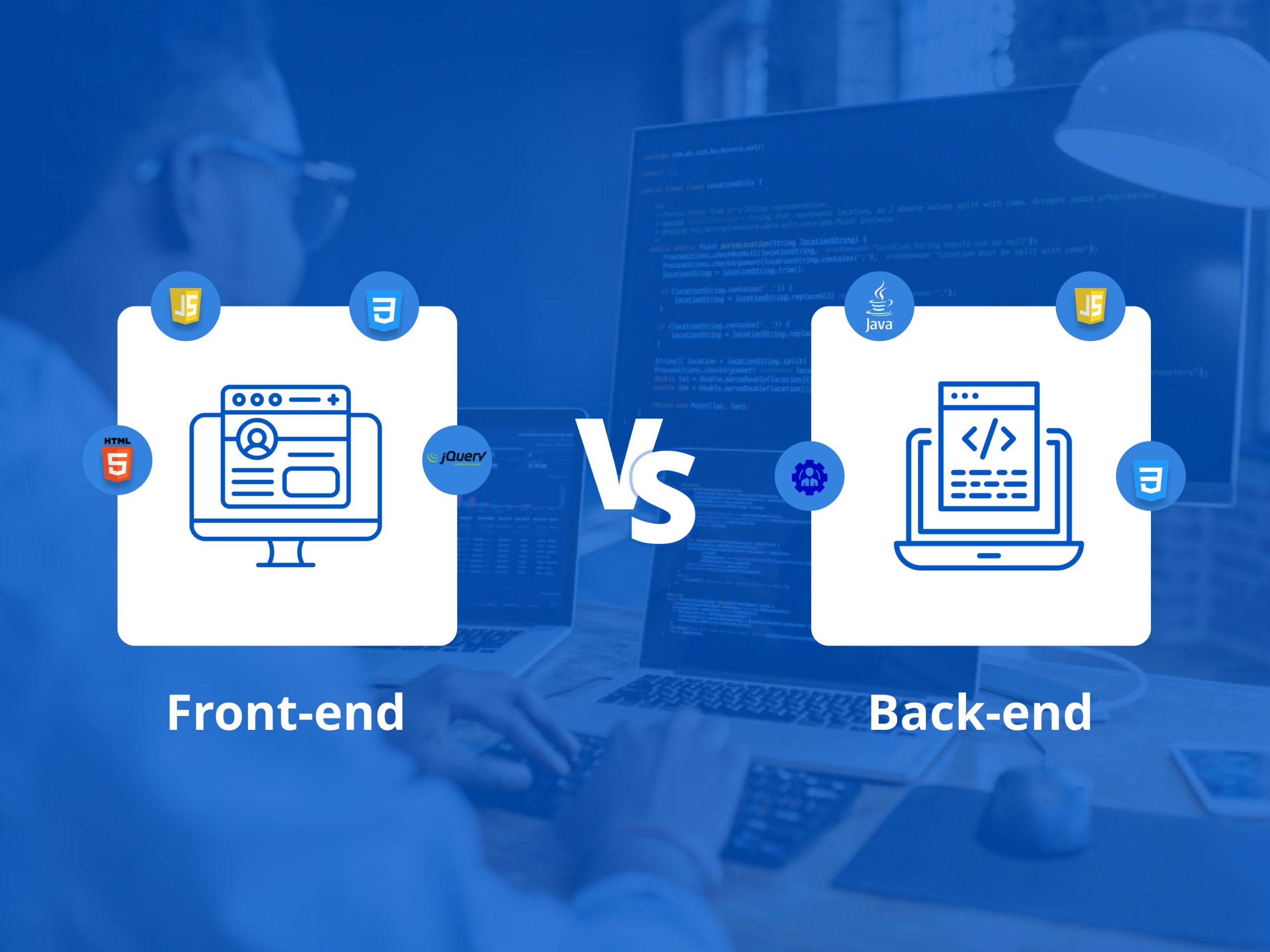Did you know? Out of all the 185,158 Magento stores, only 62,384 have migrated to Magento 2 (as per the latest stats). What about the rest 122,774 businesses? Well, they are at a high risk of running into unsupported software.

After the release of Magento 2.0, the entire wealth of the eCommerce world based on Magento 1.0, is being directed towards Magento 2.0. For avoiding any hindrance in work, the online stores are considering the situation and planning Magento migration from version 1.0 to version 2.0.
All the eStores which are still operating on Magento 1 will need to make this difficult choice of whether to migrate to Magento 2 or a completely new CMS.
Are you also among those who have still not migrated to Magento 2? Then probably, many questions must be going through your mind. “ How do I choose the right solution for my business?” “Is migrating to Magento 2 the easiest and safest option for my business?” “Will other platforms help my business grow better?”
Don’t worry. All of your questions will be answered.
But before we disclose the big action plan of “Things to consider through the Magento migration”, let us quickly discuss a few more must-know things which will also clear your doubts related to this entire migration thing.
Table of Contents
Why Migrate to Magento 2?
Since 2015, the release of Magento 2, Magento 1 has been continuously supported. But this support and updates cannot last forever. This is why Magento officially decided to wrap up the entire Magento 1.x versions.
So if you have not migrated yet, it is time you start planning the change with the help of Indian Magento developers. Without migrating, not only will you lose the support but also the newest concepts around omnichannel commerce are going to be planned for Magento 2.
What does this mean? This means there will be no backward development possible.
There is also a list of benefits that focuses on why you should migrate to Magento 2.
- Improved and better performance
- Streamlined checkout process
- The admin interface is even better
- Mobile-friendly interface
- Faster process
- The improved loading time of the page
- Fewer requirements for 3rd party extensions
- The self-hosting option is available as well as the platform-as-a-service option is also available.
The benefits list of Magento 2 seems to be endless. But let us move to another major question that you must be thinking.
Is Magento Migration Difficult?
Any kind of platform migration is not simple. There are multiple steps involved for even the most basic website migrations.
The Magento 1 to Magento 2 migrations are complex. This is because the new platform comes with a fresh database design and an entirely new architecture. Some migrations might seem easy, thanks to the tools provided by Magento. But the rest of the steps will require careful planning.
For this, you can even contact Magento development companies in India, and they will make your work much less painful.
Things You Should Consider Before Migrating to Magento 2
Migrating from Magento 1 to Magento 2 involves many critical changes such as changes in database structures, and themes, and working with a new API. Being a business owner, all you want is to have migration expertly managed to avoid any loss or downtime. Hence, here are a few things you need to consider.
NOTE: Do consider the up-gradation of your website at the same time. It is the perfect time when you can make severe changes to your eCommerce website, making it ready for digital growth.
1. Design a plan for migration
Seeing the complexity of Magento migration, all actions must be planned carefully in advance. Mapping down all the steps to go from concept to completion will act as both a checklist and a flowchart. This will also lead you through the migration milestones.
2. Analyzing functionalities
Any kind of migration is an opportunity to dig into the functionalities of your website. Since Magento 2 offers more native features that require very few 3rd party extensions, this is the perfect time to analyze your functionalities and remove redundancies.
You must also consider that any updates to code require time and money, both for development and testing. If while analyzing you find any piece of code or function which is used very less, consider cutting it entirely or trimming it.
Did You Know? Cabinets.com, the largest online retailer of custom kitchen cabinets in the USA, reduced their average checkout time to 8 seconds ever since they migrated to Magento 2.
3. Check your extension and code migrations
If your website has some extensions which are needed but not native to Magento 2, you must plan a replacement for them.
Since the architecture has been completely changed, the Magento 1 extensions are not likely to be compatible with Magento 2. There is a code migration tool that helps in migrating some custom codes and some extensions too, but not entirely.
Moreover, if you need an extension of particular functionality, you will need to have it recreated for Magento 2. There are many excellent offshore Magento development services that can help you come up with the best possible solution.
4. Do not sweat data
A good point about this migration is that a lot of your data does not have to be moved manually. Magento 2 has provided a tool for data migration.
This tool uses map files to verify consistency between your database structures to import customer and product data to your new site. The tool also keeps track of the entire data transfer process, runs several verification tests, and creates logs to help locate if any issue arises.
5. Some manual imports
Unfortunately, everything cannot be migrated automatically or with the help of tools. All the media(images and videos) files that you have on your website cannot be handled like product data.
You will have to move these files during the migration process manually. The manual migration process also includes the storefront design, admin and user accounts, and access control lists.
The best you can do is to sit up with a professional team and manage all the migrations carefully.
6. Review store SEO and technical optimization
As we know that the architecture has been completely changed, and so you must run through an eCommerce SEO checklist to avoid any pitfalls that may affect the organic visibility of your site content and product pages.
While reviewing the optimization, check the following:
- Meta tags for every product and categories
- SEO-friendly URLs for better reach of products
- Prefixes and suffixes for title tags are good
- Check for canonical tags for products and categories
- The path category used in the Url is correct or not
- Microdata or rich snippets are used appropriately or not
- All the media used is well optimized
- See if the internal links are active and working properly
7. Performance issue and testing
The possibility of facing issues during migrations to Magento 2 is high as you are shifting to an entirely new platform. New in terms of architecture and structure. Even with perfect planning and knowledge of grey areas, you may face issues, and so testing is essential.
If there is any performance issue left, it will be tackled during the testing phase.
Another essential question that businesses frequently ask is, does it take too long in Magento migration? Well, let us find out.
How Long Does Magento Migration from 1.0 to 2.0 Take?
The duration of the entire migration process ultimately depends on your eCommerce store. The more complex coding, customization, and extensions you have, the more time it may take.
Migration to Magento 2 can take as short as 1 week to 1 month, depending on the existing development
Best practices and recommendations
- To save your production environment from getting affected, use a copy of the database from Magento 1 instance when performing migration testing. You need not involve the main instance of your Magento 1 store database.
- Do not forget to remove outdated and redundant data from Magento 1 database before migration.
- You can also follow Magento’s general rule guide given on their website to avoid any confusion.
- For better performance, you may enable the direct_document_copy option in your config.xml:
<direct_document_copy>1</direct_document_copy>
When you do this, make sure that Magento 1 and Magento 2 databases must be located in the same MySQL instance, and the database account must have access to each database.
Versions supported
The data migrations tool supports the following versions:
Magento Commerce:
- 1.11.x
- 1.12.x
- 1.13.x
- 1.14.x
Magento Open Source:
- 1.6.x
- 1.7.x
- 1.8.x
- 1.9.x
If you decide to migrate from Magento open source to Magento commerce, then the following versions are supported:
- 1.6.x
- 1.7.x
- 1.8.x
- 1.9.x
Summing Up
By now, you must have agreed that Magento 2 migration is the step that will make your business’ entire eCommerce experience, a seamless one, for both you and your users. Also, you must not forget that 56,000+ Magento stores are ahead of your Magento 1 store.
And like Thanos, Magento 2 migration is also inevitable! So why delay and wait for your Magento 1 store to become obsolete? Reach out to experienced Magento development companies who can assist you in this whole migration process.
In case of a doubt, feel free to comment below. Cheers!








I need to get magento migration done for my website. What would be the approx cost?
Such an informational blog. Nice